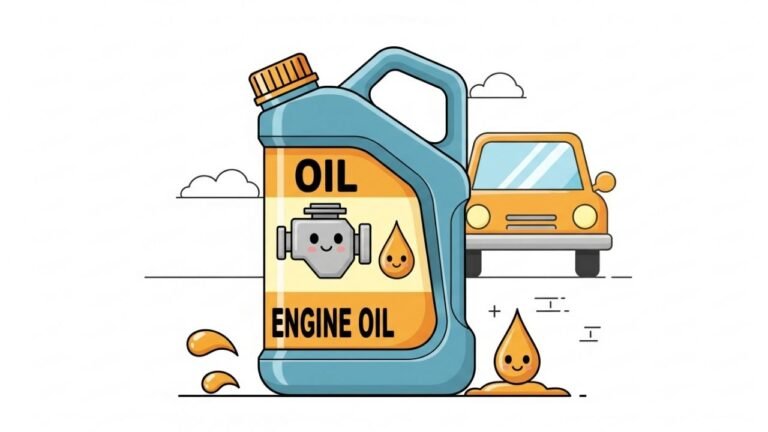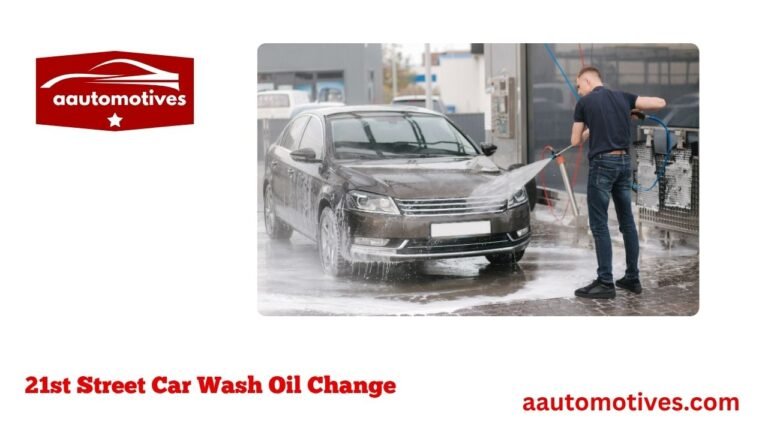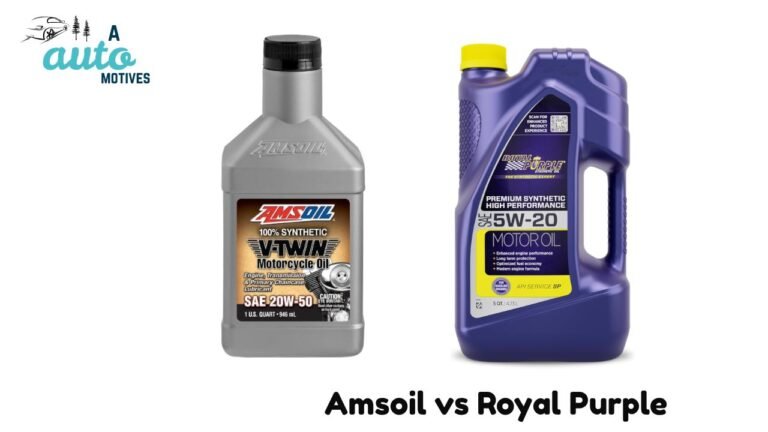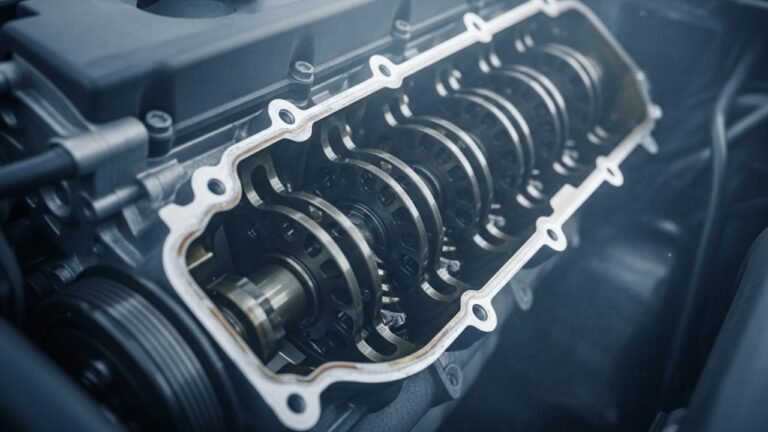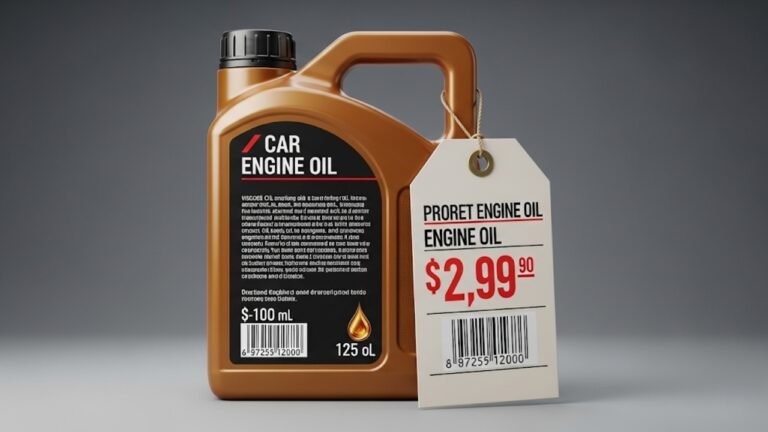High-Collar Car Oil-Free Air Compressor: The Quiet Hero of Modern Auto Care
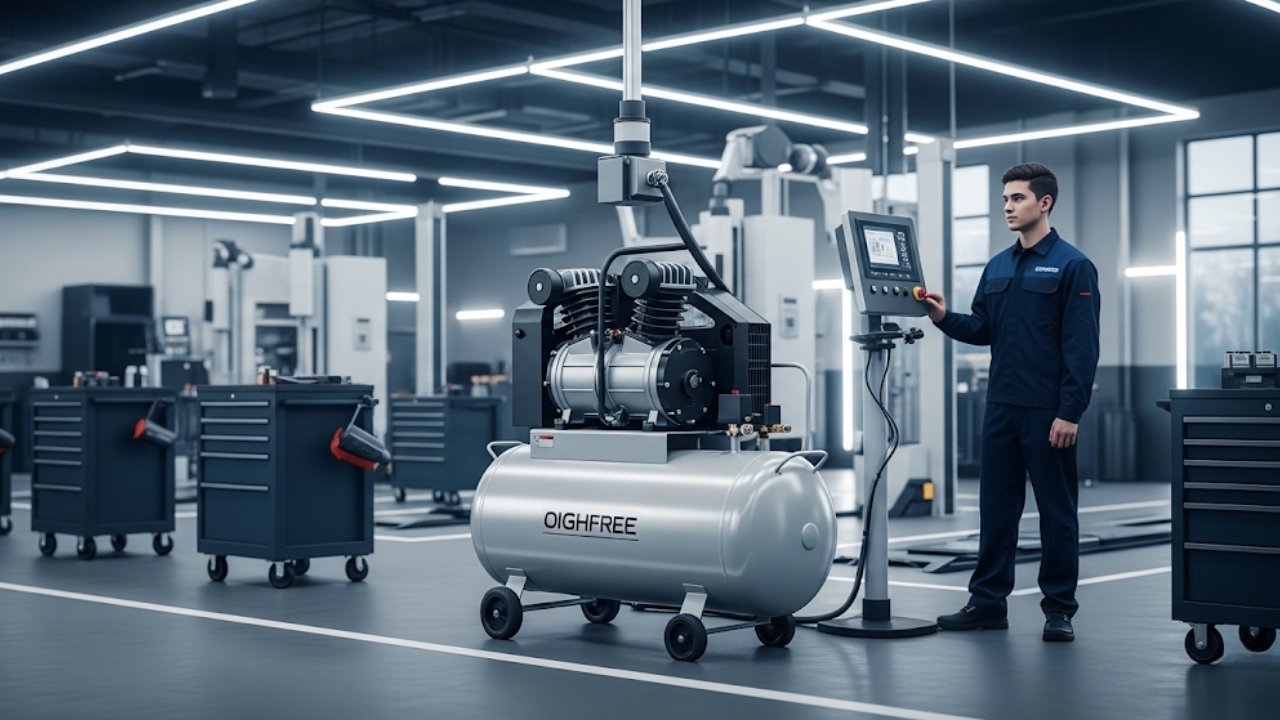
When I first walked into my cousin’s tiny garage in Dhaka, I never imagined that a small, upright machine humming in the corner would change how I saw car maintenance forever. That was the day I got introduced to a high-collar car oil-free air compressor. At first glance, it looked like an ordinary air pump — sleek, vertical, quiet. But oh boy, did it pack a punch!
In today’s fast-paced world, tools that are clean, efficient, and reliable make all the difference. Whether you’re inflating tires, using pneumatic tools, or simply blowing out dust from engine crevices, a good oil-free air compressor can save time, money, and a whole lot of mess.
This article is a deep dive into the magic of this underrated machine — its design, uses, benefits, and how it compares with traditional oil-lubed models. I’ll be walking you through real-life examples, technical insights, and intuitive knowledge, like a mechanic buddy who’s seen it all.
Let’s pop the hood.
The Name Sounds Fancy: What Is a High-Collar Car Oil-Free Air Compressor?

-
High-collar doesn’t just mean vertical or sleek. It’s about design that saves floor space, elevates performance, and protects internal components.
-
Oil-free means it doesn’t need lubricating oil for the compressor piston or crankshaft.
-
Car air compressor refers to its function — powering pneumatic tools or inflating car tires.
So, in simple terms, a high-collar car oil-free air compressor is a space-saving, vertical machine that delivers compressed air for car-related tasks without needing oil, reducing maintenance and mess.
Why Go Oil-Free?
Imagine cooking without oil — clean kitchen, less splatter, faster cleanup. The same goes here.
Oil-free compressors:
-
Are maintenance-free (no oil changes)
-
Produce clean air, vital for painting or inflating
-
Are lighter and often quieter
-
Are more environmentally friendly
In countries like Bangladesh or India, where humidity and dust play havoc with oil-lubed tools, oil-free options offer a breath of fresh air — literally and figuratively.
How It Works: Inside the Engine Room
So, how does this tool create air pressure without oil?
Here’s the short version: It uses Teflon-coated pistons or dual-piston systems that don’t need lubrication. The pistons compress air in the cylinder and force it into a storage tank.
Here’s a basic workflow:
-
Air enters the intake valve
-
Piston compresses the air using an electric motor
-
Compressed air is stored in the tank
-
It’s delivered through a hose when needed
The high-collar design often places the tank vertically, minimizing footprint and improving airflow.
Advantages You’ll Love (Backed by Experience)
I once worked with a mechanic who swore by his old oil-lubed compressor. One summer, his unit seized up due to low oil, and he switched to an oil-free vertical unit — never looked back.
Here’s why these compressors win hearts:
✅ Less Maintenance, More Work
No oil checks. No messy spills. Just plug and play.
✅ Compact and Stylish
The upright high-collar design fits easily in small garages or home workshops.
✅ Cleaner Operation
Perfect for painting, detailing, or anything needing oil-free compressed air.
✅ Lower Noise Levels
They hum rather than growl. Great if you’re working in a residential area or apartment garage.
✅ Environmentally Friendly
No oil means no risk of contamination or disposal hazards.
Oil-Free vs Oil-Lubed Compressors: Head-to-Head Comparison
Let’s make it crystal clear.
| Feature | Oil-Free Compressor | Oil-Lubed Compressor |
|---|---|---|
| Maintenance | Almost none | Regular oil changes required |
| Air Quality | Ultra-clean air | Slight oil residue risk |
| Lifespan | Shorter (5-10 years) | Longer (10-15 years with care) |
| Weight & Portability | Lighter and compact | Heavier, bulkier |
| Best Use | DIY, hobby, car detailing | Industrial, heavy-duty tasks |
| Noise Level | Lower (60-75 dB) | Higher (80+ dB) |
| Price | More affordable upfront | Can be more expensive over time |
So, if you’re a weekend warrior, car enthusiast, or small shop owner — the high-collar car oil-free air compressor is your dream teammate.
Common Uses in Auto Care and More
Let’s make it real. How do people actually use these?
1. Tire Inflation
No more gas station trips. Just connect the hose, set the pressure, and you’re golden.
2. Car Detailing
Use compressed air to blow out crumbs, clean dashboards, or dry hard-to-reach spots.
3. Spray Painting
Need super-clean air for touch-ups or full bodywork? Oil-free compressors are a must.
4. Operating Pneumatic Tools
From impact wrenches to air ratchets — small oil-free units can still run basic tools.
5. Home DIY Projects
Woodworking, cleaning electronics, inflating sports gear — it’s an all-rounder.
What to Look For When Buying One
Here’s what I tell friends when they ask:
️ Capacity
Look for tank sizes between 6 to 20 liters for car and garage use.
Noise Rating
Choose one around 60-70 dB if working indoors.
⚡ Power Rating
Most run on 220V single-phase (standard wall outlet in Bangladesh/India).
Hose Compatibility
Check fittings for your tools or inflation nozzles.
️ CFM (Cubic Feet per Minute)
For tools, you need at least 2.5–4.0 CFM at 90 PSI.
Portability
Wheels and handles are lifesavers in small spaces.
A Real-World Story: How I Chose Mine
I was in the middle of restoring a Suzuki Mehran when my friend lent me his compressor. It was small, vertical, and surprisingly quiet. After hours of sanding and cleaning, I realized I didn’t once wipe off oil or check for residue.
Two days later, I bought my first high-collar car oil-free air compressor.
It wasn’t just a machine — it was freedom. Freedom from messy oil, from dependency on service centers, and from the old-school tools that took more than they gave.
Caring for Your Oil-Free Compressor: Simple But Smart
You might think “no oil” means “no care.” Not quite. While oil-free compressors require far less maintenance than their oil-lubed cousins, a little love goes a long way.
Here’s how to keep yours humming for years:
Clean the Intake Filter
Just like your lungs, your compressor breathes. Dusty air means trouble. Check the intake filter every couple of weeks and give it a quick clean or replace if needed.
⚠️ Drain the Tank Regularly
Moisture builds up inside. If you forget to drain it, rust forms. Most units have an easy-to-use drain valve at the bottom. Make it a habit after each use.
Check the Power Cord and Plug
Over time, bending or stretching the cord can wear it down. Always inspect it before turning the unit on.
Store in a Dry, Cool Place
Humidity is the silent killer. Keep your high-collar car oil-free air compressor in a dry spot to avoid internal corrosion.
Don’t Overload It
Respect the duty cycle — usually 50% for small units. That means 5 minutes on, 5 minutes off. It’s not meant for nonstop work like a commercial model.
Tip: Write the service schedule with a marker on the body. A small act that saves big headaches.
Understanding Noise Levels: Because Silence Is Golden
One of the coolest things about this tool? It’s whisper-quiet compared to traditional compressors.
Most oil-free air compressors run between 60 and 75 decibels. That’s like the volume of a normal conversation. Compare that to 90 dB or more from oil-lubed beasts — which feel like you’re working next to a jet engine!
If you work from your garage at night, or live in a dense neighborhood, the low noise is a huge blessing. I’ve even run mine early morning without waking my toddler — now that’s proof.
Metaphor Time: The ‘Rice Cooker’ of Auto Tools
Let me paint a picture.
An oil-lubed compressor is like a traditional clay stove — powerful, time-tested, but messy and requires attention.
The high-collar car oil-free air compressor? It’s like a rice cooker. Plug it in, push a button, and boom — ready to go. It may not cook for a village, but it’s perfect for daily use, with little mess and total control.
It’s auto care’s version of smart living.
Cultural Relevance: Why It’s Perfect for South Asia and Beyond
Let’s talk about real-life conditions in Bangladesh, India, or even parts of Africa and Southeast Asia. High humidity. Dust in the air. Limited garage space. Frequent power fluctuations. Noisy neighborhoods.
This is where oil-free, vertical compressors truly shine:
-
Compact design fits into small corner sheds or under stairs.
-
No oil means one less thing to spill or track.
-
Quiet operation respects neighbors and family.
-
Low maintenance is a huge plus where spare parts or skilled help may not be easily available.
Whether you’re in a Dhaka apartment block, a Mumbai chawl, or a Jakarta suburb — this tool fits your life.
Common Mistakes to Avoid
Even with a smart tool, users mess up. Here are a few things to not do:
-
❌ Using it beyond its duty cycle
-
❌ Skipping moisture drainage
-
❌ Ignoring weird sounds or vibration
-
❌ Using incompatible air tools
-
❌ Storing in a damp or exposed area
Treat it right, and it’ll serve you for years.
Expert Tips for Smart Users
Tip 1: Use a Pressure Regulator
This gives you precise control over output pressure and prevents tool damage.
Tip 2: Use a Quick-Release Coupler
Makes switching between tools faster and safer.
️ Tip 3: Invest in a Hose Reel
Keeps your garage tidy and reduces trip hazards.
Tip 4: Use During Off-Peak Hours
Power grids are more stable, and noise won’t bother anyone.
️ Tip 5: Let It Cool Between Tasks
Just like your phone or laptop — give it breathing space.
Bullet Recap: Why You’ll Love It
-
Oil-free = clean, no maintenance
-
Vertical design = space-saving
-
Quiet operation = neighbor-friendly
-
Great for DIYers, mechanics, detailers
-
Easy to move and store
FAQs About High-Collar Car Oil-Free Air Compressors
1. Can I use it for heavy-duty tools like impact wrenches?
Yes, but check the CFM rating. For continuous or industrial use, you may need a larger model.
2. Is it safe to use indoors?
Absolutely! It produces clean air and doesn’t emit fumes or oils. Just ensure good ventilation.
3. How long do oil-free compressors last?
With good care, 5–10 years is common. High-end models can go longer.
4. What PSI should I use for car tires?
Typically 30–35 PSI. Most compressors let you preset this for auto-shutoff.
5. Is the vertical/high-collar design stable?
Yes. Most units come with wide bases and anti-tip designs. Just place it on a flat surface.
6. Can I repair it if something breaks?
Yes, but parts may be model-specific. Buy from a brand with support or availability in your region.
7. Is it okay to run on a regular household socket?
Yes. Just make sure the voltage matches (usually 220V in most regions).
8. Can I take it on the go?
Definitely. Some models are designed for portable roadside use, especially handy for long trips.
Conclusion: A Smart Buy for the Modern Car Owner
In a world of oily hands and noisy machines, the high-collar car oil-free air compressor feels like the upgrade we all needed but didn’t know we wanted.
It’s clean. It’s quiet. It respects your time, space, and sanity.
You don’t have to be a pro mechanic to appreciate it. If you’re someone who loves their car, enjoys doing things yourself, or simply wants peace of mind — this tool delivers.
So whether you’re inflating tires at dawn, detailing before Eid, or running air tools on your next weekend project, consider this your silent partner in productivity.
It doesn’t just compress air. It elevates your experience.

